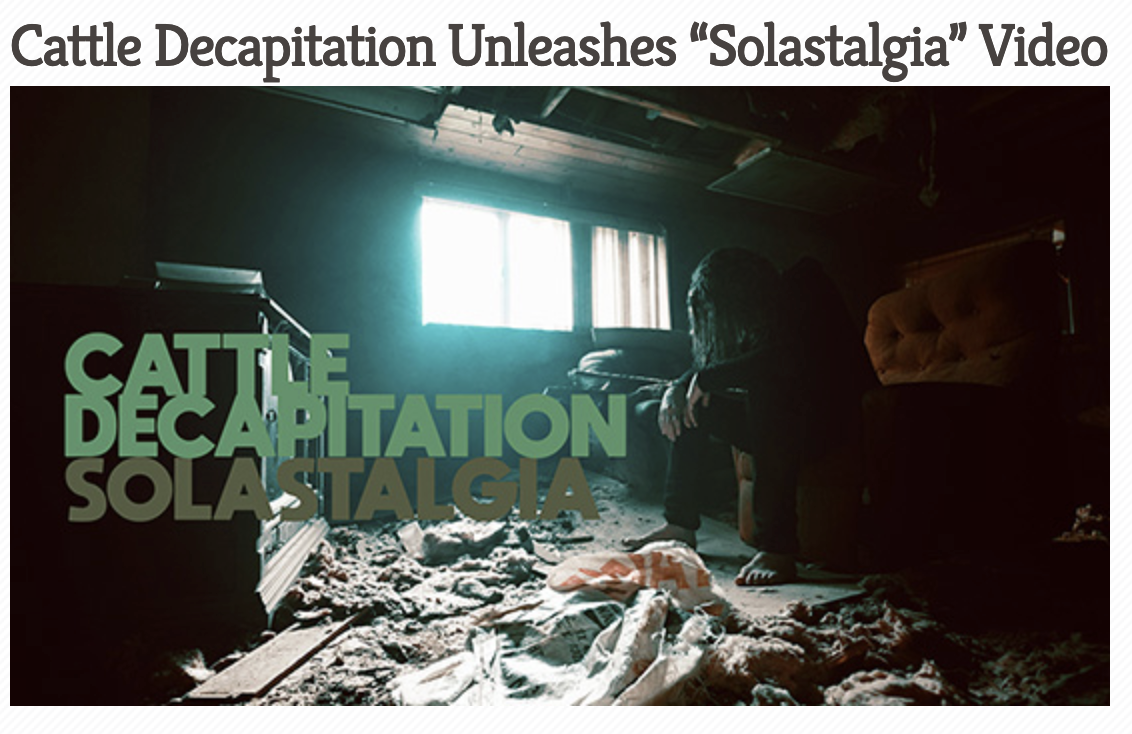Solastalgia” is the word coined in 2003 by Australian professor of environmental studies Glenn Albrecht to refer to the “place-based distress” that people experience when the places where they live in are negatively impacted by environmental changes over which they have no control (Connor et al, 2004, Albrecht et al, 2007).
This seems to have given a name to what had previously been widely felt but unspecified emotional reactions to unwelcome environmental changes. It was very quickly adopted as a way to encompass various types of eco-anxiety and psychological syndromes associated with both artificially and naturally caused environmental damage, and especially with climate change. It has also become popular in the arts – paintings, documentaries, music of all sorts, videos, poetry – perhaps in part because it’s a new idea but also, I suspect, because it captures some of the current underlying angst about the state of the world. At the beginning of 2023 National Public Radio in the US listed solastalgia as one of the buzzwords of the year.
Solastalgia lies at the intersection of health and place (which is a topic that has been extensively studies which has a major journal devoted to it with a number of articles about sostalgia). In this post I concentrate specifically on the relationships between place and solastalgia. The images I’ve included are screen captures that give an indication of the diverse ways solastalgia is being interpreted: the captions provide links to the sources, but I have not explored many of these.
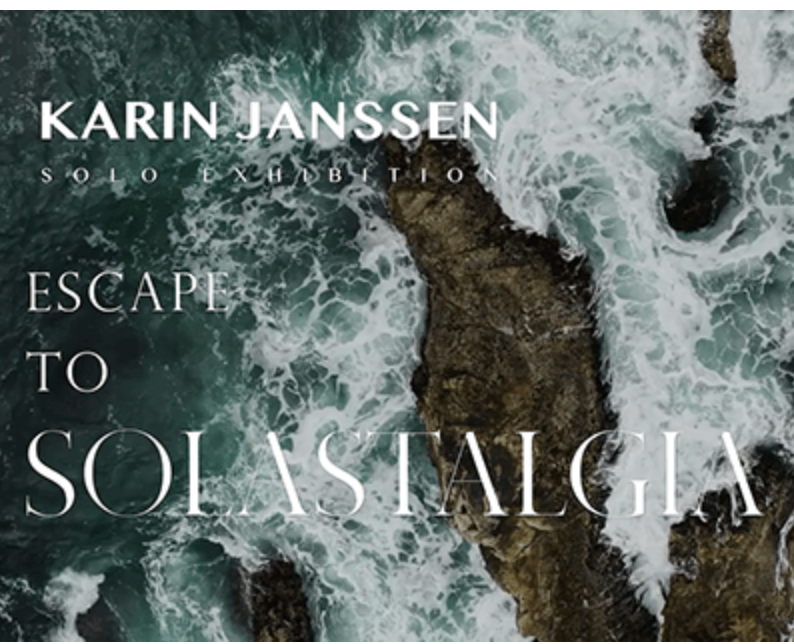
Place, Nostalgia and Solastalgia
In his book Earth Emotions (2019, p.37) Albrecht reflects on the origins of the idea of solastalgia in terms that indicate both a strong connection to place and the force of the emotions it represents: “I thought we needed, in English, [a word for] the idea of a place-based emotion that captures the feeling of distress when an external force, one that we are powerless to prevent, enters the biophysical location or “life-space” within which one lives out a life (the private home, the property, and the region) and chronically desolates it. The place becomes literally toxic, and at the same time one’s sense of place becomes negative.”
What solastalgia embraces is this combination of negative or damaging environmental changes (in Albrecht’s initial work these specifically involved an open-pit coal mine and persistent drought in the Hunter Valley of New South Wales in Australia), the unpleasant effects these have on the psychological health of those who live in places directly effected by those change, and the lack of control people in those places over the causes or the causes.
The word itself’ combines the idea of solace (as associated with the comfort and security of home) and the Greek root –algia, meaning pain or suffering. It was conceived as a variation of ‘nostalgia,’ a word coined in the 17th century to describe homesickness and depression experienced by those separated from their home place. It now means little more than a gentle longing or wistful affection for the past, but until the early 20th century it was regarded as a diagnosable, psychosomatic disease. Solastalgia, in contrast, is the distress and depression people suffer in their home place because of adverse environmental changes of some sort.
Thomas Dodman (2023) puts it succinctly: “Solastalgia is nostalgia in reverse: the consequence not of having to leave a particular place, but of having that place leave us, or dissolve before our very eyes.” One further difference is that, as Albrecht has written solastalgia “…is in your face, existential, raw, and Earthly” (2019, p.37). But the fact is that it can vary a lot depending on the intensity of the changes and people’s personalities, and may be, as he has also written, merely a sense of “homesickness when you are still at home” (Albrecht et al, 2007).
The Vagueness of Place in Studies of Solastalgia
A systematic review of academic research about solastalgia by Galway et al (2019) observes that while most discussions and case-studies of solastalgia describe it as a place-based phenomenon they actually leave the meaning of ‘place’ undefined. Place is apparently regarded as something more or less self-evident, a malleable backdrop to the physical and mental health issues of solastalgia which are the main focus of the research. This has the disadvantage that the active role of place in the distress of solastalgia is mostly left unexplored. But it has the advantage that solastalgia can be understood in relation to any spatial scale of environments – local communities, regions or even, especially in in the context of climate change, the whole world, without worrying much about how things are related. Naomi Klein, in her influential book This Changes Everything: Capitalism versus the Climate, (2014, p. 165), describes solastalgia as an expression of dread about the consequences of global warming and suggests, without elaboration, that it is fast becoming universal because the Earth itself is under assault.
The Academic and Popular Reach of Solastalgia
The comprehensive bibliographic review of solastalgia by Galway et al (2019) made it clear that it is a topic that has been identified as important in many disciplines. They identified 49 substantial academic articles that represented research in psychiatry, regional and city planning, sociology, ecology, agriculture, psychology, anthropology, philosophy, geography, environmental studies, and especially public and mental health.
They did not pay attention to the substantial parallel interest in solastalgia that is artistic rather than academic My unsystematic Google search including images, identified hundreds of websites that discussed, illustrated or interpreted solastalgia in some way – art shows, music compositions and videos, performance pieces, community discussions of eco-anxiety, magazines, documentaries, programmes on the BBC and PBS (Public Broadcasting Service in the US), poetry, several in . A number of the in French, Italian, Greek or Spanish, or in English but about events in Sweden, Germany, Denmark, Slovenia and the Netherlands. I haven’t explored all of these sites, but I get the impression that most are explorations of the emotions of solastalgia, that environmental degradation and climate change predominate, and the role of place is scarcely mentioned. Here are six images from all those websites that show different attempts to illustrate the emotions of solastalgia. Links and sources are in the captions.
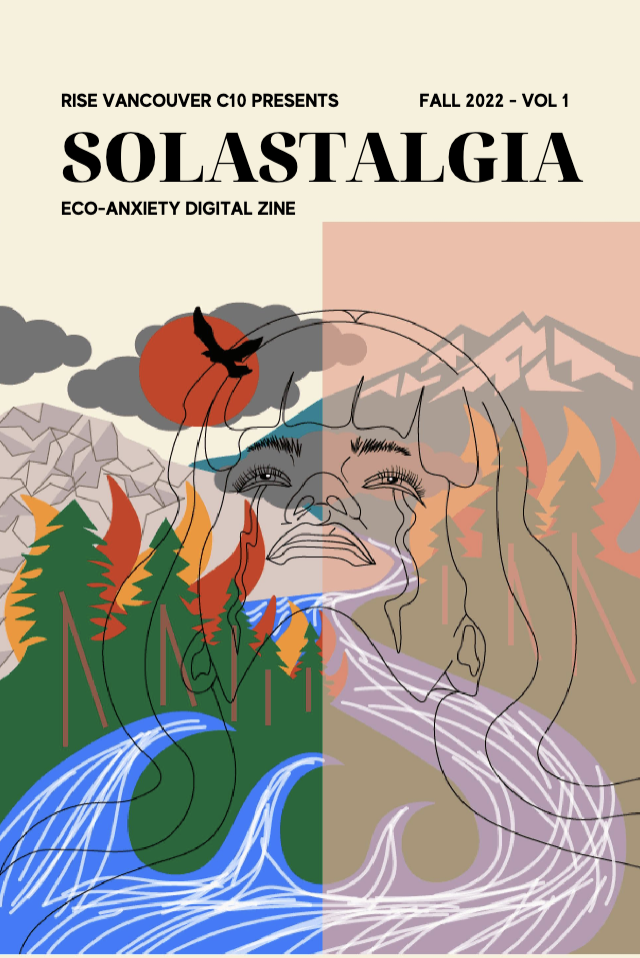
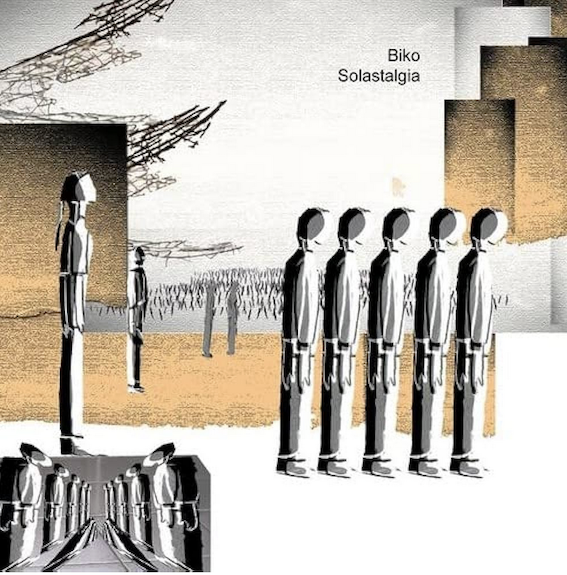
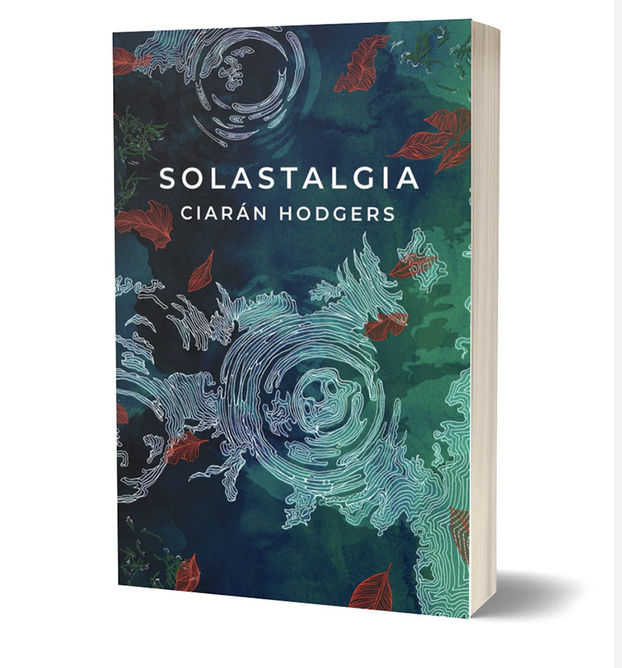

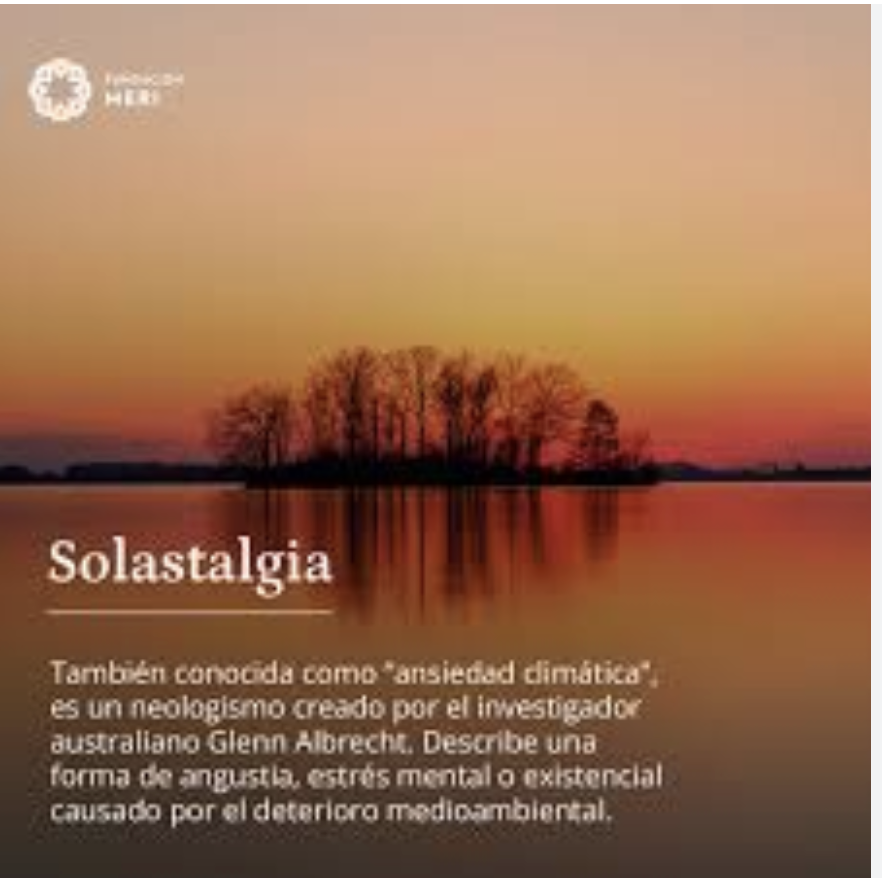
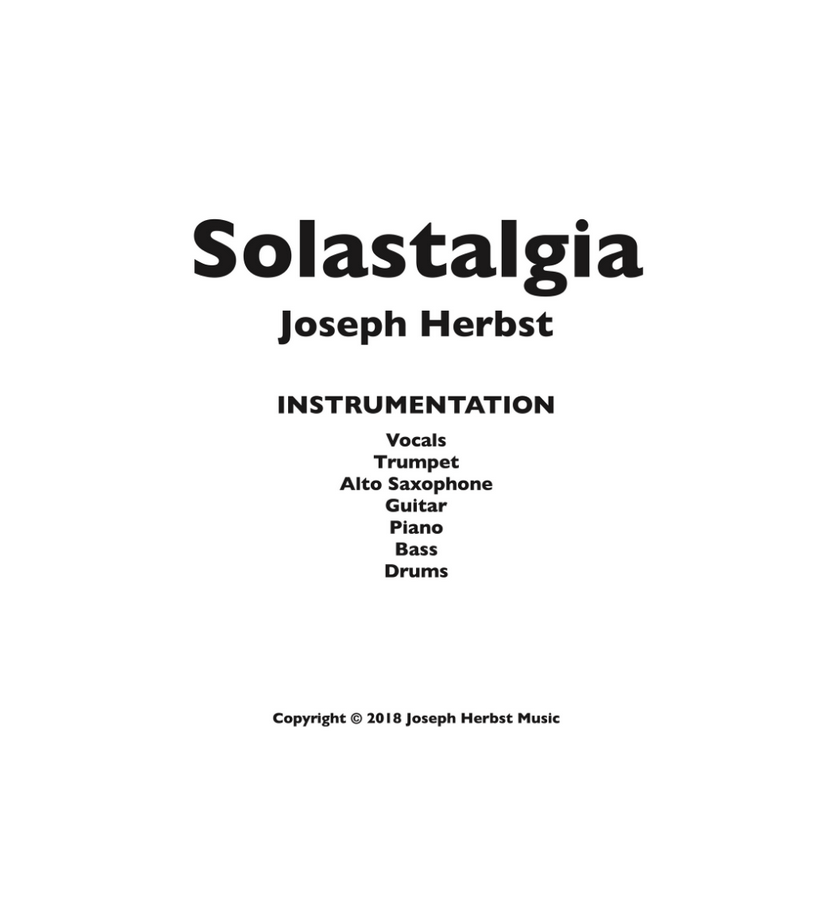
Top Left: An Eco-Anxiety Zine. Centre: Biko audio CD; Right: a book of Irish Poetry
Bottom Left: Dutch Pop Concert; Centre: Fundación Meri; Right: Sheet Music
Solastalgia, Place, Placelessness
I understand place as the primary way people everywhere relate to the world. First of all we live in, visit and experiences places; concepts of neighbourhood, city, environment and so on, which are often used as equivalents to place, are abstractions that are secondary to place. Places are territories of concentrated meanings, associations and appearances, which may not always be pleasant but which always inform the identities of individuals and communities. All our lived experiences are to some degree grounded in and made specific by places. As territories of meanings places are subtle and elusive, which makes them difficult to analyse, but the names of places serve as metaphors for their complex meanings and make it possible to share understanding about them. Some places may have political or property boundaries, but from the perspective of experience these don’t mean a great deal because for individuals, communities and economies every place connects to the larger world, continually giving to it and receiving from it.
This sort of understanding of place and how it is experienced matters for solastalgia because it gives an indication of the depth, subtlety and complexity of the values that are threatened by external forces. In other words, solastalgia varies in its manifestations not only because of the character of the external environmental change that promotes it, but also because of the character of the place that experiences it and because of the diverse ways people in that place relate to it.
Some of this was indicated by a study of the health implications of climate change for the small Inuit community of Nunutsiavut in Labrador in Canada (Willox et al, 2012, p.545). One resident suggested that people there think of themselves “not only from this place, but of this place” because the land and way of life are deeply integrated with the setting. The authors of the study acknowledged this and suggested that: “A place-based approach …understands that even subtle alterations in climate and environment can have profound impacts on health and well-being” because for the residents their identities, well-being, livelihoods, histories, and emotional/spiritual connections emerge from the place they live. In some measure this is in fact the case for places everywhere. Our identities as individuals, members of communities, citizens and human beings are unavoidably influenced by the diverse connections we have with places. Solastalgia can dismember those connections.
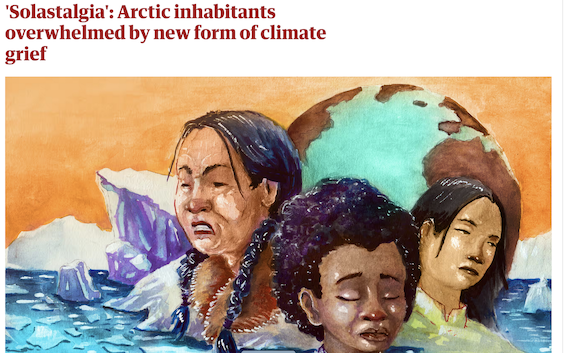
This sort of understanding of place suggests to me that Albrecht is wrong when he states bluntly (2019 p.37) that solastalgia “.. is not a case of ‘placelessness’ as people are still firmly emplaced within their ‘home.'” On the contrary, I think solastalgia is a clear a manifestation of a sense of placelessness, of no longer belonging somewhere, of the feeling that follows when some external change over which people have no control ruptures the web of meanings that link them to particular places. They may continue to live in the same location, but it is a far less meaningful place.
Of course, this reaction to ruptures in place attachment is not uniformly shared by everyone. While some people recognize the quality of their place has diminished, but adapt to it and get on with their lives, others may experience it as a profoundly upsetting, pathological psychosomatic syndrome.
A promotional video for “The Terrasitic Infestation North American Headline Tour by West Coast Deathgrind Practitioners Capital Decapitation” suggests something towards the angry pathological side of Solastalgia. Here’s the link.
Two Reasons for the Rise of Interest in Solastalgia
I think there are two reasons why solastalgia has rapidly attracted such widespread interest. One is historical. Presumably people have always been distressed by how environmental changes impacted the places where they lived, but until quite recently environmental destruction, for instance by damming rivers, open-pit mining, development of oil fields, constructing expressways, urban expansion, power generation and so on, was mostly accepted as a by-product or cost of progress, and rarely challenged. Since about 1970 the shift to environmental protection, sustainability, and heritage preservation has given cultural value to natural environments; damage to them is now regarded as something to be minimised. Solastalgia is an outcome of this increased sensitivity, and a sign that economic progress at any cost has become morally and emotionally unacceptable.
The other reason has to do with uncertainty about the future. Solastalgia, especially in its popular manifestations, is an emotional response to the looming presence of the climate crisis (plus other global problems such as the loss of biodiversity). Global warming is a transformational change that, in the likely absence of equally transformational changes to social and economic life, will negatively affect everyone on the Earth. Especially or those who have been born since the beginning of the century and might well live to the beginning of the next one, future environmental conditions are deeply uncertain. Solastalgia is an anticipatory emotional reaction to the expectation that places everywhere and at every geographical scale will become increasingly difficult to live in as temperatures and sea levels rise, weather events become more extreme, and the entire Earth as the place of human life becomes increasingly challenging and unhomely.
References
Albrecht, Glenn 2006 “Solastalgia” Alternatives Journal, Waterloo, Vol 32 4/5, pp. 34-35
Albrecht, Glenn et al 2007 “Solastalgia: the distress caused by environmental change”, Australasian Psychiatry 15 Issue 1, Suppl 1:pp. S95-8 accessed here
Glenn Albrecht 2019 Earth Emotions; New Words for a New World, Cornell University Press.
Connor, Linda, et al 2004 “Environmental Change and Human Health in Upper Hunter Communities of New South Wales, Australia”, EcoHealth Volume 1
Dodman, Thomas, 2023 “Nostalgia and what it used to be” Current Opinion in Psychology Vol 49.
L. Galway et al, 2019 “Mapping the Solastalgia Literature: A Scoping Review Study,” International Journal of Environmental Research and Public Health, 16, 2662 accessed here.
Klein, Naomi, 2014 This Changes Everything, Toronto: Knopf Canada
Willox, A.C. et 2012 “From this place and of this place: climate change, sense of place and health in Nunutsiavut, Canada” Social Science and Medicine. 75 538-547 accessed here
